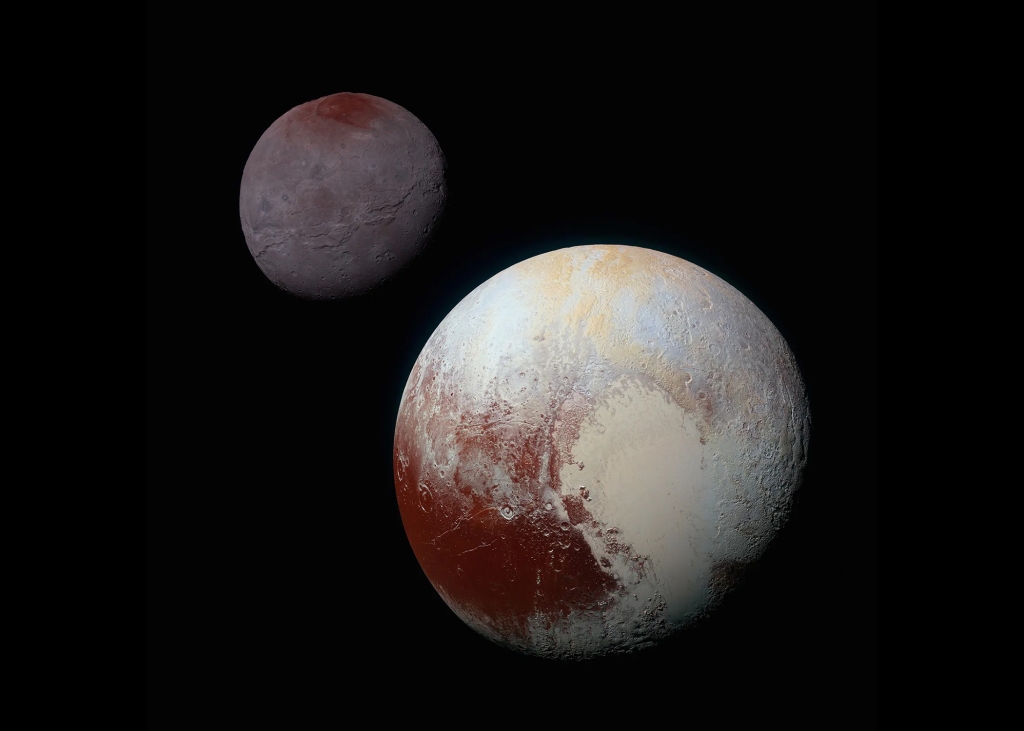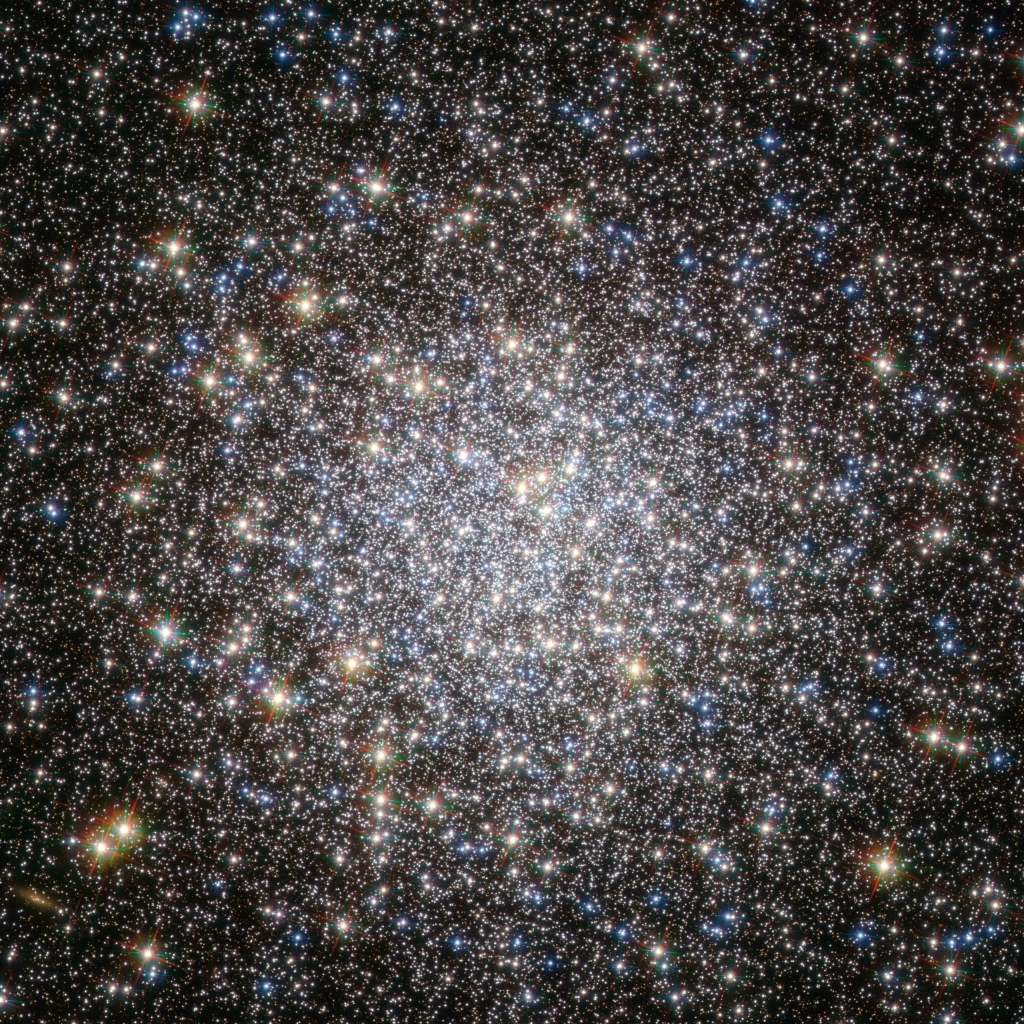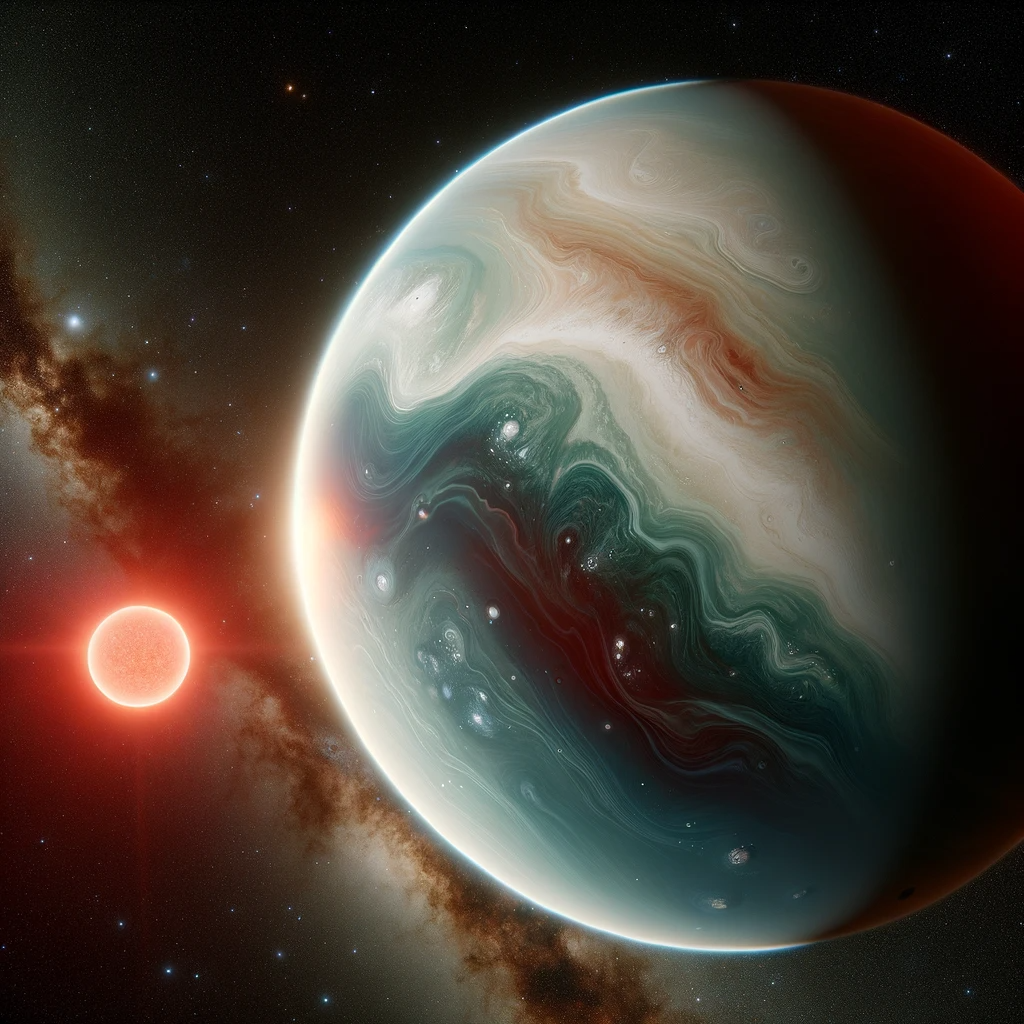In an era where the imaging of black hole shadows through the Event Horizon Telescope (EHT) has captivated the scientific community, a recent study has delved deeper into the phenomena of gravitational microlensing and its implications on these cosmic portraits. Researchers have meticulously analyzed how the gravitational field of intervening compact objects can distort the observed size, shape, and position of black hole shadows. Through rigorous calculations, the study highlights that microlensing can cause the shadow of a black hole to appear significantly larger and more asymmetric than its actual size. Specifically, it has been shown that microlensing can enhance the shadow’s size by up to 50% and introduce an asymmetry of up to 8%, which is a notable deviation from the symmetry expected due to the black hole’s inherent spin and tilt.
The study’s findings emphasize the limitations of current EHT terrestrial baselines in detecting these microlensing signatures, underscoring the necessity for future advancements in observational technology. Proposals for space-based VLBI networks, including outposts at lunar and L2 locations, present a promising avenue for capturing these elusive phenomena. Such expansions could revolutionize our ability to detect microlensing events, offering a more nuanced understanding of the intricate dance between light and gravity near these cosmic giants.
Moreover, the research anticipates the potential for a rich tapestry of microlensing events around the supermassive black hole at the heart of the Milky Way, Sagittarius A* (Sgr A*). The presence of a dense cluster of stellar-mass black holes in the vicinity of Sgr A* is predicted to amplify the likelihood of observing microlensing effects. This cluster, a relic of dynamical processes within the galaxy, could significantly increase the event rate, making the detection of microlensing signatures more feasible with future space-based VLBI missions.

The study also ventures into the realm of primordial black holes (PBHs) as dark matter candidates, suggesting that their detection through microlensing could unveil new facets of our universe’s dark matter composition. The potential presence of a dark matter spike near the Galactic Center could lead to an increased density of these primordial entities, further enhancing the prospects of observing microlensing events. This intriguing possibility links the study of black hole shadows with broader cosmological inquiries, including the nature of dark matter and the distribution of compact objects across the cosmos.
The researchers and their current findings have provided a comprehensive framework for understanding and predicting the effects of gravitational microlensing on the directly imaged shadows of black holes. By offering exact analytic expressions for the shift in the shadow’s center and changes in its radial profile, this study paves the way for future observations that could reveal the subtle yet profound influence of microlensing. The enhanced shadows, marked by increased size and asymmetry, stand as beacons that may illuminate the mysteries of the universe’s most enigmatic objects. As we stand on the brink of a new era in astronomical observation, the potential for space-based VLBI to probe these phenomena offers a tantalizing glimpse into the future of cosmic discovery, promising insights into the distribution of compact objects and the very fabric of spacetime itself.
Source: Verma, Himanshu, and Joseph Silk. “Microlensing Black Hole Shadows.” ArXiv (Cornell University), 4 June 2023, https://doi.org/10.48550/arxiv.2306.02440.
Featured Image: Levis, Aviad, et al.





